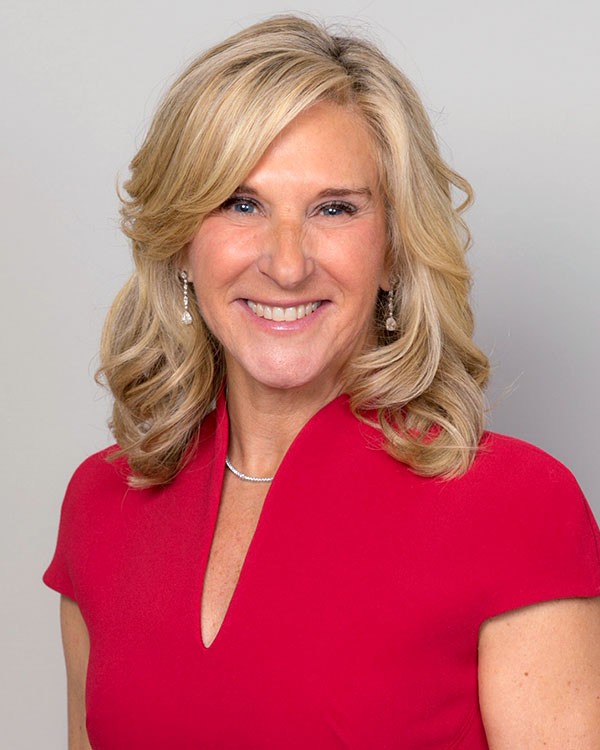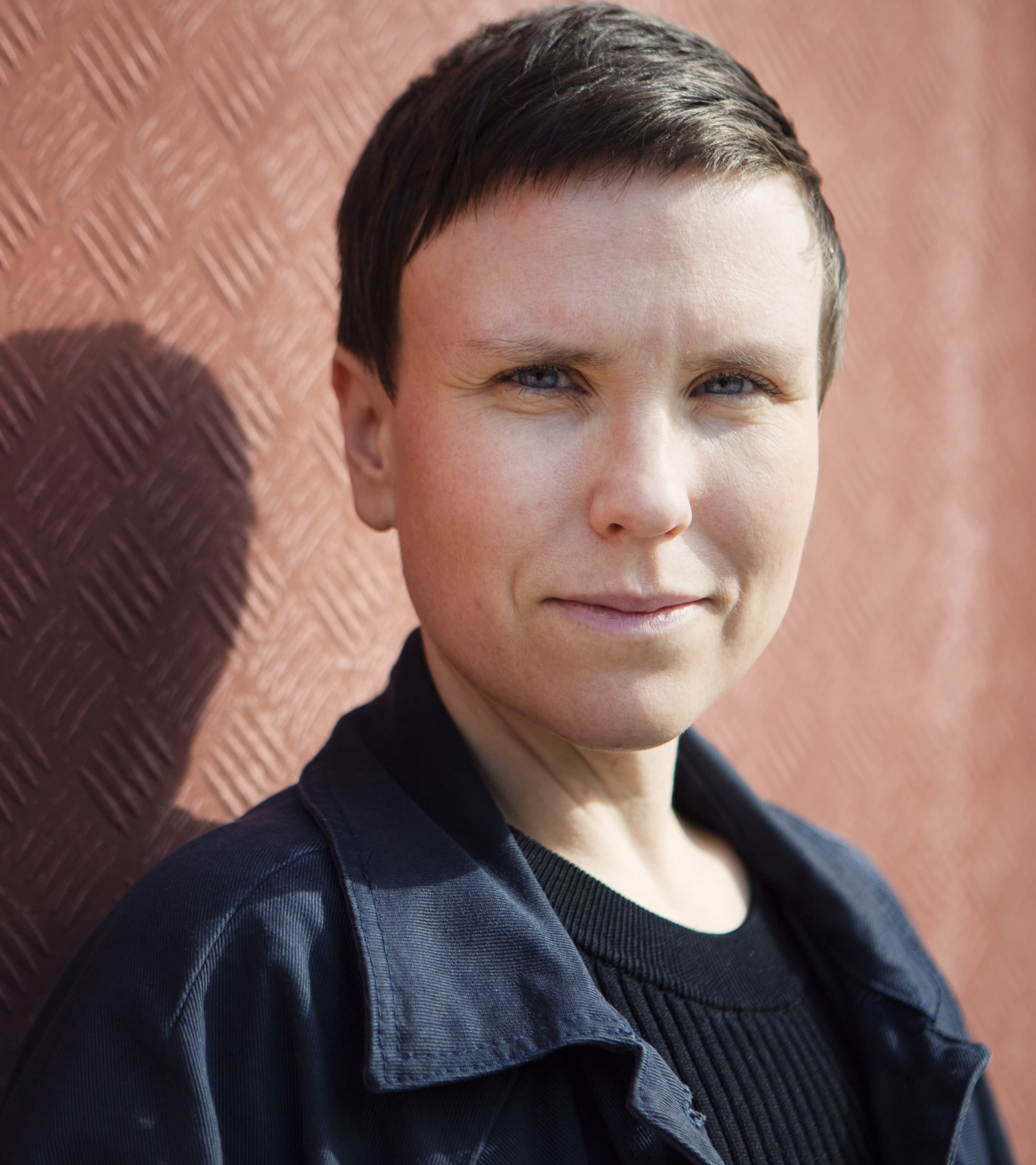Witnesses to gendered violence can play an important role in a victim’s safety.
In 2012, a video of a New Yorker who stood between a man and woman who were fighting on the subway went viral.
Charles Sonder soon became known as Snack Man, because he casually munched on chips and lollies during his intervention. His so-called ‘bystander’ action helped to quell the violence.
Australian police data shows incidents of domestic violence rise over summer and often peak in December or January.
So, what can bystanders (witnesses), and trained first responders do when they witness or are told about incidents of gendered violence?
The role of first responders
The idea of first responders emerged in relation to emergency responses – the first on the scene. The term first responder has been adopted for a core organisational response to some circumstances of gendered violence. Staff or volunteers are trained by their organisations to respond to disclosures of domestic violence or sexual misconduct. The response is not counselling. Rather first responders are trained to listen, prioritise immediate safety and refer. This is often characterised by recognise, respond and refer.
For example, UNSW has a network of first responders who have been trained to respond to disclosures of sexual misconduct by staff or students. This program is managed by the Division of Equity Diversity and Inclusion and training is delivered by the UNSW Gendered Violence Research Network (GVRN). After completing the face-to-face training, First Responders are required to undertake a criminal record check, a working with children check, and an interview to determine their appropriateness for this voluntary role.
“They are not counsellors, but they are people who are aware of the resources that are available on campus and externally,” GVRN manager Mailin Suchting says. “They can receive a disclosure, either from the person directly affected or from a concerned friend or colleague. They are people who will listen, and they will help that person determine the right pathway for support.”
One of the pathways is UNSW Sexual Misconduct Portal for reporting instances of sexual misconduct. A student or staff member at UNSW has the right to feel safe and secure at all times and to be able to fully participate in all aspects of life on campus. Unwanted sexual attention including harassment, stalking and assault can prevent a student or staff member from taking part in activities and involvement in the life of the University.
“The UNSW portal can a receive anonymous reports and provide advice to reporters who provide a contact email address,” Ms Suchting says. “Trained staff are at the other end of the portal. So, it can be a good way to get information without having to disclose anything.”
She says people who experience sexual misconduct may experience a range of emotions. It can be common to feel shame or fear, and there can be a lot of stigma with making a report. “It’s really important not to force people to report but to let them know the value of reporting,” she says. “The greatest value is that they get information that help them make decisions about what they want to do.
“First responders might encourage someone to report by offering to accompany them when they make a report or providing referral information. Remember a referral to a specialist service that provides counselling can help someone who is confused and in crisis to make the decisions that they want to make in their own time.”
She says if victims don’t want to disclose any information, a first responder could gently encourage people to get some advice or support from people who are highly experienced.







